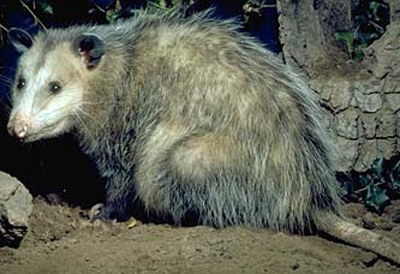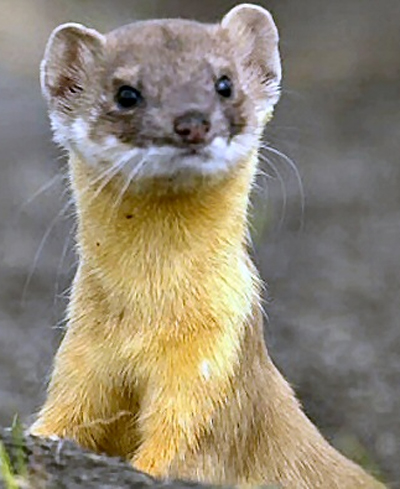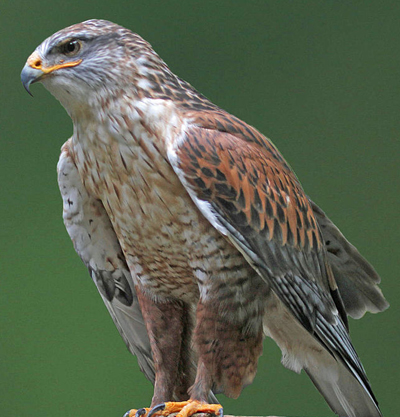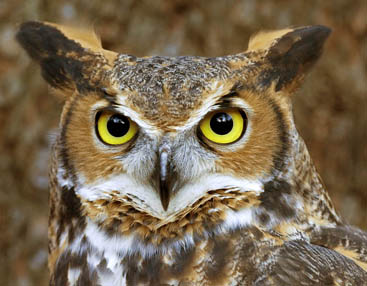|
Chicken Predators and How to Protect Your Birds
Raccoons :
Raccoons normally go for the head and neck area of a bird. Often, you will find the head of a bird a distance away. The crop may be torn open, along with the breast, and the entrails eaten. Sometimes, they will pull a head or leg through the wire of a cage and leave the body on the other side. Normally, multiple birds will be killed in one attack. Protect your chicken from raccoons by using 1/2 inch mesh wire which keeps the raccoons from reaching into your coop or breaking through it. A tightly fasten top on your coop will keep them from crawling into the coop. Be sure to use raccoon proof latches on the door of your coop.
Opossums :
 Opossum will eat the kill near the coop, and will find it near impossible to drag it over a fence. Opossum will eat the kill near the coop, and will find it near impossible to drag it over a fence.
Opossums are nocturnal. Opossums often take eggs and chicks. Birds mauled and abdomen eaten.
Weasels :
 Weasels are known to be very cunning. Their cleverness and guile makes them first class predators, and their prey is often no match to their agility. Chickens with the back of their necks and heads missing, with its intestines out and bitten at the rear are most likely victims of this wily animal. What’s interesting is that weasels kill not only for food, but also for sport. In fact, they are known to keep killing until there is nothing left to kill. Due to its slender body, these animals can easily wiggle through chicken wires, small runways, and narrow holes—making them the bane of poultry owners.  Hawks : Hawks : Hawks can carry off a small chicken, and you'll find only the feathers in most cases. They usually kill only one poultry per day. Bloody puncture wounds occur in
the back or breast. Owls may remove the head. Poultry is usually
plucked, leaving piles of feathers. Small amounts of tissue clinging to
plucked feathers may indicate raptor activity. Hawks can carry off a small chicken, and you'll find only the feathers in most cases. They usually kill only one poultry per day. Bloody puncture wounds occur in
the back or breast. Owls may remove the head. Poultry is usually
plucked, leaving piles of feathers. Small amounts of tissue clinging to
plucked feathers may indicate raptor activity.  Owls : Owls :
Owls can carry off a small chicken, one or two birds are usually killed. The owl will usually eat only the
head and neck. Feathers found on a fence post near the chicken
house or pen may provide an additional clue.
|